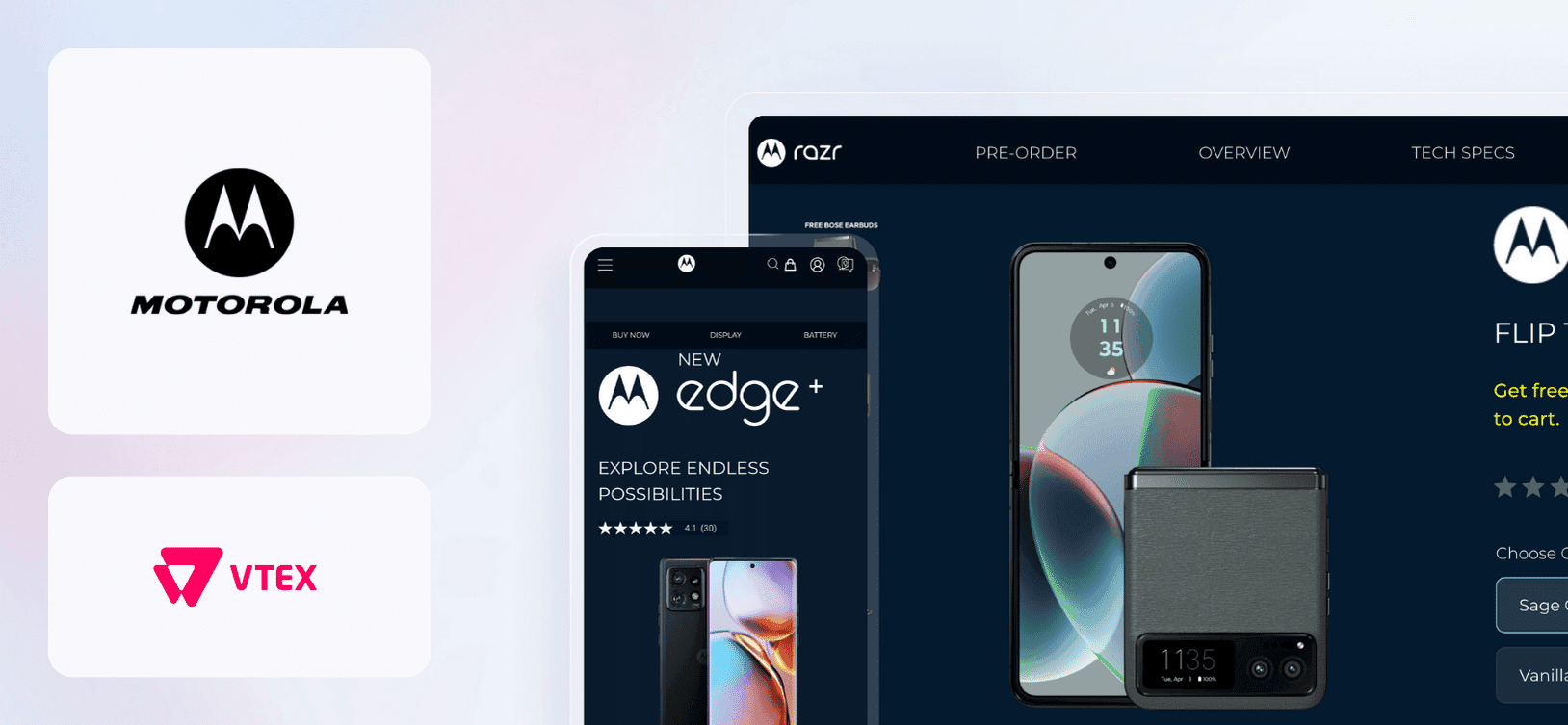Motorola, a global leader in telecommunications, faced a considerable challenge with the total cost of ownership (TCO) for its multiple commerce platforms. The intricacy of maintaining and developing these platforms, along with the costs involved in launching new stores, became untenable. To resolve this issue, the brand chose to migrate to VTEX. With VTEX, Motorola found it significantly easier and faster to deploy stores in new regions, taking advantage of the foundational work they had already laid down in other areas. This means that new stores in different geographies can be operational in just a matter of months.
Motorola's unique business model presented another layer of complexity. Stringent rules from wireless carriers mean Motorola can only sell a minority of phones through direct channels. Consequently, their e-commerce platform serves as an experimental space and a rich source of customer data. The company uses it to understand how consumers are purchasing their handsets. This adaptive approach meshes well with VTEX's versatile platform. Jason Ruger, Motorola’s Chief Information Security Officer, says, "VTEX is not just a platform provider for me, VTEX is a customer solution for me. They create solutions for my customers, in 40 different countries." Ruger's statement speaks volumes about the level of customer service VTEX provides, going beyond being just a platform to become an integral part of Motorola's online business growth strategy.
The adaptability of VTEX's platform also enables Motorola to continuously test third-party applications. This "testing" approach allows them to identify which applications provide a strong ROI and to discard those that do not meet expectations. By doing so, they can tailor architectures that are efficient in each specific country, further reducing TCO. This strategic maneuvering has paid off handsomely for Motorola, leading to a 20% annual growth in their ecommerce business—a remarkable feat given the size of its parent company, Lenovo. They also celebrated the largest product launch online for any Motorola handset device to date.
The transformative power of the VTEX platform for Motorola was evident during a recent session. The discussion, which included insights from Jason Ruger, explored how Motorola executed its aggressive global roadmap by migrating over 40 web properties to VTEX. Jordan Jewell, VTEX’s Analyst in Residence, also demonstrated a financial modeling tool to help businesses assess their technology investments, illuminating the considerable benefits Motorola has gained from its partnership with VTEX.
VTEX leverages AWS services such as Amazon Elastic Kubernetes Service and AWS Elastic Beanstalk to automatically scale resources and to split responsibilities among its product development engineering teams. Amazon CloudFront acts as VTEX's content delivery network (CDN). Other AWS services utilized by VTEX include Amazon Relational Database Service (Amazon RDS), Amazon OpenSearch Service for distributed search, Amazon Elasticache Redis for cache, and Amazon Elastic Load Balancing. Due to VTEX being a true multi-tenant SaaS solution, all customers benefit from the same elasticity and stability of AWS.
Watch the interview here.
